#MarketShare
Mega Dealerships Continue Consolidating Strength
If you frequent this website, there’s a good chance you’ve seen an article discussing how smaller car dealerships are being incorporated into larger entities over the last few years. As with most other industries, the trend has been accelerating and Automotive News just shared the metrics showing how far we’ve come over the last decade. According to the report, consolidation among mega dealers has made heaps of progress of late and should continue on with their mission of never-ending growth because none of them want to become the little guy after every pint-sized showroom has been bought up in North America.
Market Share: Tesla Model 3 Sees Lower Chinese Pricing
Next week, Tesla Motors will begin deliveries of its Shanghai-made Model 3 to Chinese customers — who stand to get a bit of a deal on them. Unlike Western markets, China is already loaded with local companies manufacturing electric vehicles and Tesla doesn’t want to lose out on market share simply because it priced its vehicles too high.
Originally, the manufacturer intended on selling introductory Model 3s at 355,800 yuan ($51,000 USD) a pop. That was soon lowered to 323,800 yuan ($46,500) to pull shoppers from automakers like BYD, NIO and Xiaopeng Motors. Broad profit margins are nice, but the Chinese EV market is too crowded for the brand not to focus on market share.
The 2010s: A Period of Pickups
We spend a lot of time discussing pickups on these digital pages, and with good reason. Pickups have quickly become the go-to vehicle for growing families, replacing sedans and wagons in that role, though crossovers and SUVs of varying sizes still garner the greatest market share.
With a proliferation of trim choices leading to ever-higher ATPs and hefty margins for those who build them, pickups remain a cash cow for many companies — at least, those capable of capturing the public’s attention. With data in hand, let’s look at the decade that was.
Americans Might Not Even Buy 1.4 Million Midsize Cars This Year; Market Share Down By Half Since Recession
Remember the midsize sedan death watch?
When TTAC introduced the series, Americans were still acquiring over 2 million midsize cars per year. That fact, the 2M+ aspect of the segment and the 1M+ nature of the top models, combined with the category’s 12-percent market share, caused many readers to doubt the possibility that any other intermediate sedans would ever bid farewell.
Others have, of course, fallen by the wayside. Joining the long-lost Mercury Milan, Pontiac G6, Saturn Aura, Suzuki Kizashi, Mitsubishi Galant, and Dodge Avenger in that great midsize parking lot in the sky are cars such as the Chrysler 200 and Ford Fusion. The Chevrolet Malibu is not long for this world.
Meanwhile, sales of the remaining midsize cars continue to tank. The notion that America’s midsize segment is a reliable provider of more than 2 million units per year is now cast by the wayside. Americans are likely to purchase and lease fewer than 1.4 million midsize cars in 2019. That’s 15-percent fewer midsize cars than Americans drove home in 2009 during the depths of the Great Recession.
Market in Flux: Europe's Vehicle Landscape Is Changing Fast
While North American conversations about the auto industry usually center around the public’s swing away from cars, Europe’s doing all sorts of of swinging these days. There’s a battle raging between cars and light trucks, sure, but also between propulsion types.
Once dominated by diesel, Europeans are shedding oil burners in favor of cars powered by gasoline and electricity. What’s hot these days? Not cars, but crossovers sure are. Jeep deserves recognition for its market share gains. And EVs? Buyers picked up 47 percent more of those last year.
Market Share Madness: Which Brands Earned a Larger Slice in 2018?
When you’re already big, it’s hard to notice much of a change in any direction. This goes as much for the human body as it does for auto sales. So it’s no surprise to see that, of the roughly 17.3 million vehicles sold in the U.S. last year, the amount claimed by the Detroit Three didn’t budge all that much from the previous year.
Combined, the three domestic giants took a 44.4 percent slice of the U.S. auto pie, which actually represents a 0.1 percent increase from a year earlier. Combine Tesla’s volume into the American fold, and the stars and stripes collected 45.1 percent of U.S. buyers, or 0.6 percent less than in 2013.
In 2018, General Motors and Ford both ceded ground to a rising Fiat Chrysler, proving that the real action occurs at a lower data level. So, which automakers earned a larger helping of your collective buying love last year?
The Cost of EV Adoption? Just $6 Trillion
Alternative fuel advocates often suggest that if society could simply get the lead out on solving the infrastructure problem, electric vehicle adoption would reach an all-time high. They’re most likely correct, too. With so much of the world set to gradually ban internal combustion vehicles, EV sales are almost assured to rise. But holdouts abound due to electric vehicles’ laundry list of shortcomings.
Electric cars are often more expensive than their combustion counterparts, offer diminished range, take longer to “refuel,” and are subjected to a charging network that’s less robust than than those associated with petroleum. If the industry is to solve those problems, it’s going to need a lot of money. Around $6 trillion should do the trick.
Shocked? One in Six Vehicles Bought Last Month Was a Compact, Mainstream Crossover
America knows what it wants, and the rest of the world — even those hard-to-reach places — is beginning to follow. Each week brings us news from far-flung locales pointing to increased demand for affordable crossover vehicles, if not the wholesale abandonment of certain car segments by certain automakers. Basically, the global auto industry in 2018 boils down to this: build a crossover, or become (or remain) a struggling niche company.
It’s hardly a new situation, but it’s hammered home with each passing month — as cars continue trickling out of every parking lot you pass and trunks begin appear on “Missing” posters at the post office.
Given that the compact crossover is arguably the most ubiquitous vehicle on the roads today, your author decided to look at just how prevalent their sales really are. Tossing aside premium or luxury offerings (a category we’ve tossed Buick into), this data dive focuses solely on the mainstream. The results? It’s grim stuff if you’re not the family type, so brace yourself.
Wagons Ho! What's Going on With the Station Wagon/Shooting Brake/Estate Car Market?
Ugh, you say. Wagons. A painfully uncool body type you swore off during childhood and haven’t reneged on since. A body type drooled over and feted by journalists who never put their meagre income where their mouth is. Yes, wagons. They remain part of our our automotive landscape, just a vanishingly small part of it.
But who’s buying them, and where? We have the answers.
The 5 Percent Solution: Volkswagen's Not Giving up on Its U.S. Market Share Dream
Volkswagen doesn’t make much of a fuss about becoming the world’s largest automaker these days, mainly because it’s already cleared that hurdle — and in the wake of the diesel emissions scandal, no less. In the United States, however, one long-helg goal remains elusive: reaching a 5 percent market share.
While the automaker claims its top priority is shoring up its U.S. business with new, Americanized product, old dreams die hard. VW still wants the kind of market share it enjoyed in 1970, but it’s not even halfway to reaching that goal.
Domestic Luxury Trucks Now Usurping Germany's Market Share of Premium Vehicles
We did it! Thanks to the modern obsession with larger vehicles and opulence, domestic luxury brands are taking off like a rocket. It’s going so well, in fact, that American automakers are starting to steal market share from high-end import manufacturers. Of course, this is only applicable to SUV and crossover sales.
As you know, sedan sales are losing ground to their high-riding counterparts. While this hasn’t resulted in the obliteration of the passenger car market, despite claims to the contrary, those vehicles are being massacred by wayward consumers. Sedans are becoming passé and this has allowed sport utility and crossover vehicles to amass a significant portion of the pie.
Nowhere is this more apparent than in the luxury market. The rapid growth of the luxury truck segment has substantially increased the United States’ share of domestic models sold with an average transaction price of $60,000 or more. Apparently, the inarguably phenomenal Mercedes-Benz S-Class doesn’t have jack squat on the GMC Yukon Denali.
Suck it, cars.
Mazda Plans U.S. Dealer Network Makeover, Still Wants 2-percent Market Share (and More CX-5s)
“We have been working more closely with our dealers to evolve their businesses and through that process,” Mazda tells Automotive News, “some new dealers have chosen to begin working with us, while others have made the decision to leave the Mazda brand.”
Mazda has been open about its goal of earning 2 percent of the U.S. market while being forthright about the brand’s intentions to do so only on solid ground. This means fewer discounts, a premium vibe, and the kind of higher margins that make dealers happy.
On the dealer side of the equation, Mazda now wants those dealers to improve. In some cases, that means a new location. In others, a new exterior design is necessary. More thoroughly trained staff members is key, as well. But it’ll be slow going. Of Mazda’s roughly 600 dealers, the brand acknowledges that some have forsaken the automaker, though Mazda won’t say how many. Since the efforts to revamp dealers began last year, only 26 have been upgraded so far. By the end of the decade, Mazda believes roughly one-sixth of its network will have undergone a remodel.
In the meantime, Mazda is getting further away from reaching its 2-percent goal.
Forget Volkswagen's '800,000 Sales by 2018' Goal - VW's New Goal Is 5 Percent U.S. Market Share by 2020
In 2009, during the depths of a global financial crisis the likes of which generations had never seen, Volkswagen of America set forth on a nine-year plan that would more than triple sales to 800,000 units in 2018.
Stuff happened. A crisis (or two) got in the way. An overly Americanized product lineup lacking in utility vehicles underachieved. Volkswagen lost its right to sell diesel models in America. Volkswagen will struggle to sell 400,000 new vehicles in the United States in 2018.
Although at first it seemed possible — Volkswagen sales grew far faster than the market as a whole exiting the recession — the 800,000-unit sales goal has long since been abandoned. By 2014, before the diesel emissions scandal even broke, now-departed Volkswagen of America CEO Michael Horn was questioning the timing of the 800,000-sales goal.
As the summer of 2017 approaches a close, however, Volkswagen’s global boss Herbert Diess has a new, seemingly unrealistic goal for the brand’s U.S. operations, Bloomberg reports. With a stronger SUV lineup, Volkswagen wants to grow its U.S. market share to 5 percent in 2020.
Volkswagen’s market share in 2017? Less than 2 percent.
How Far and How Fast Has U.S. Passenger Car Market Share Fallen? So Far, and so Fast
– Bob Carter, Executive Vice President, Toyota North America
37 percent of the new vehicles sold in the United States in the first seven months of 2017 were passenger cars. That’s correct. 63 percent of the new vehicles now sold in America are pickup trucks, SUVs, crossovers, and vans.
But how did we get to this 37-percent basement? When did we get here? How long did it take to get here? And is it really the basement?
2018 Hyundai Sonata Will Not Kill the Crossover - Hyundai Keeps Its Hopes Humble
Launched for the 2015 model year, the seventh Hyundai Sonata was not the avant-garde successor to the 2011-2014 Sonata for which many hoped. The new Sonata, while objectively better in virtually every way, was missing a key ingredient.
For 2018, Hyundai has thoroughly refreshed the seventh-generation Sonata, hoping that a far more aggressive front fascia will draw more eyes. Hyundai went much further than the superficial, however, by stiffening the Sonata’s structure, upgrading to an eight-speed automatic, and including more safety equipment as standard fit.
Yet while Toyota and Honda believe their new Camry and new Accord can ignite the midsize sedan segment in a bid to wage war against a crossover onslaught, Hyundai’s goals for the refreshed 2018 Sonata are far more modest. Much more modest. Más modesto.



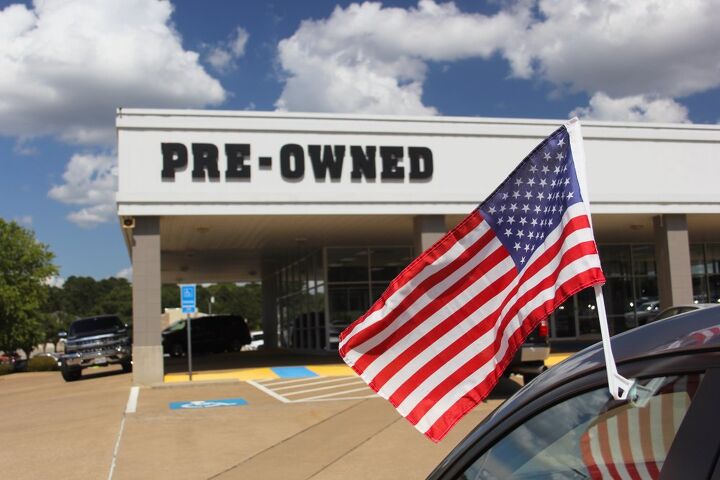



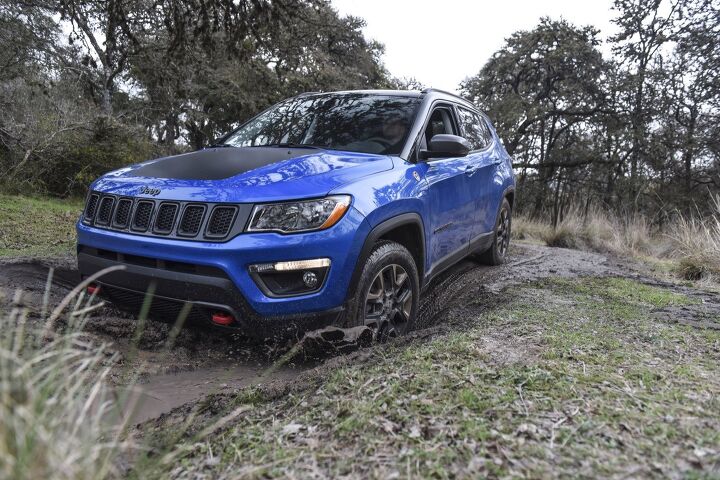
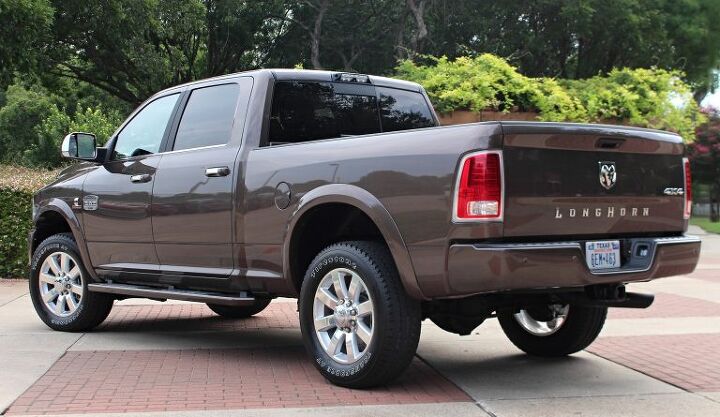




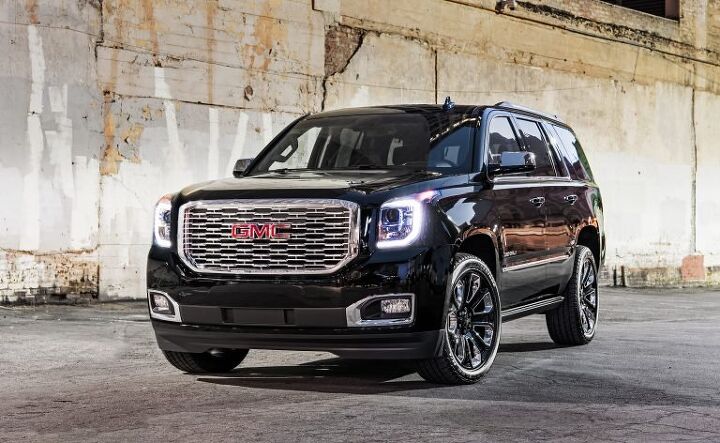
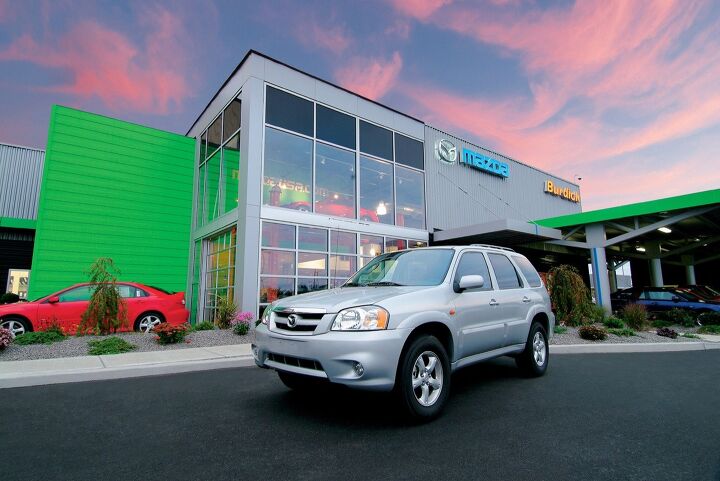















Recent Comments